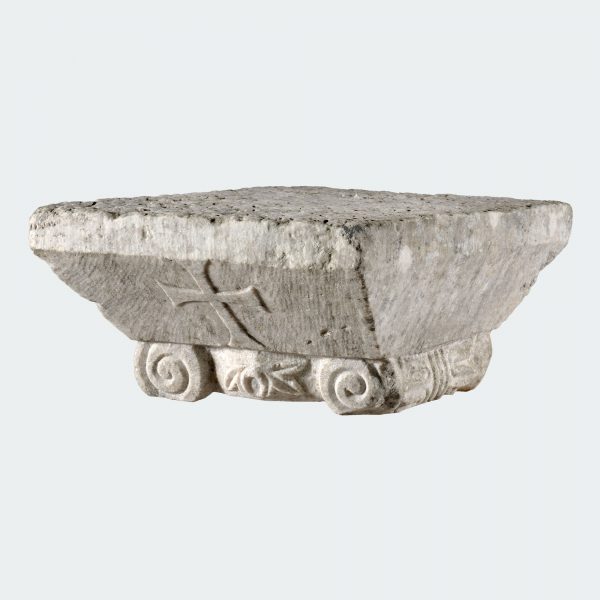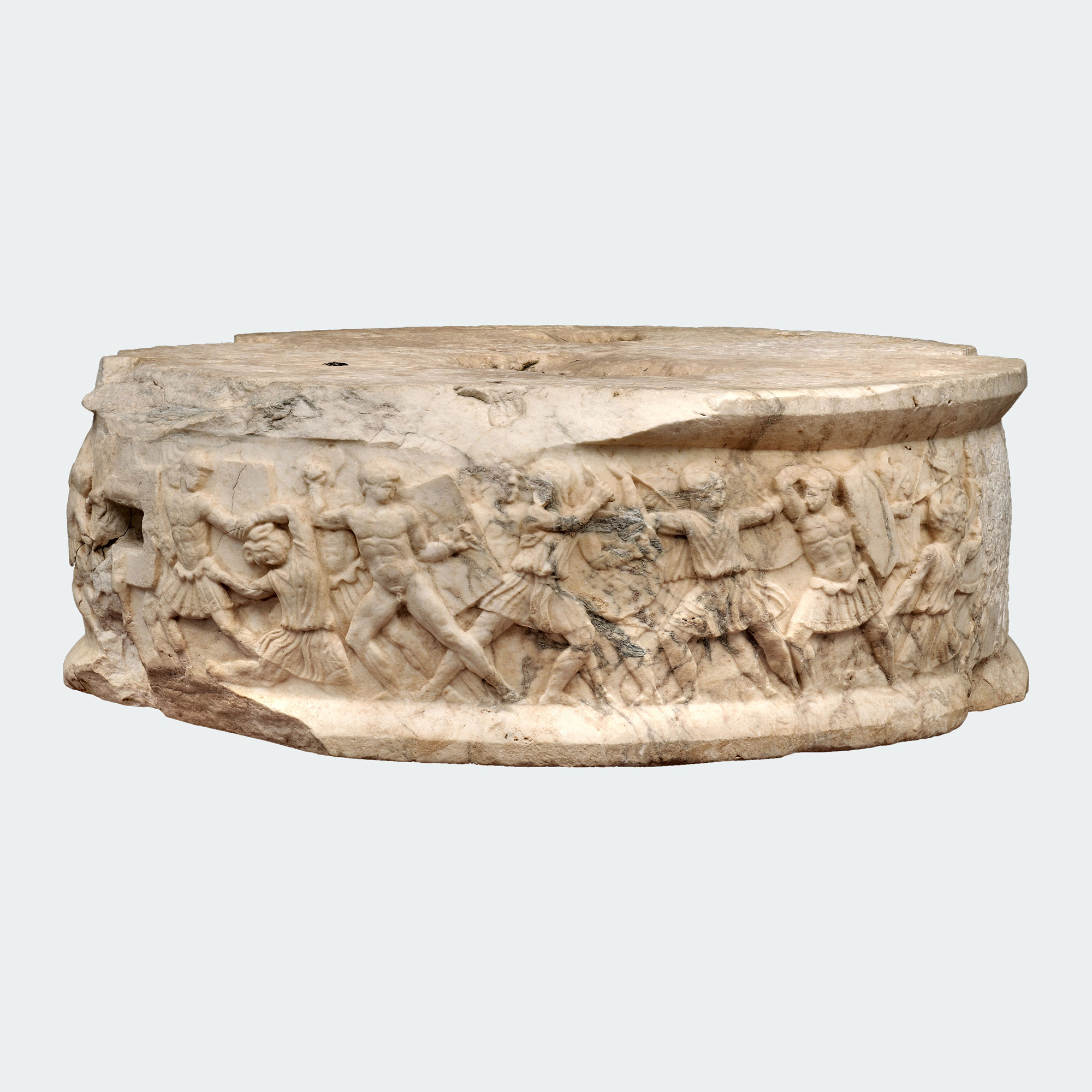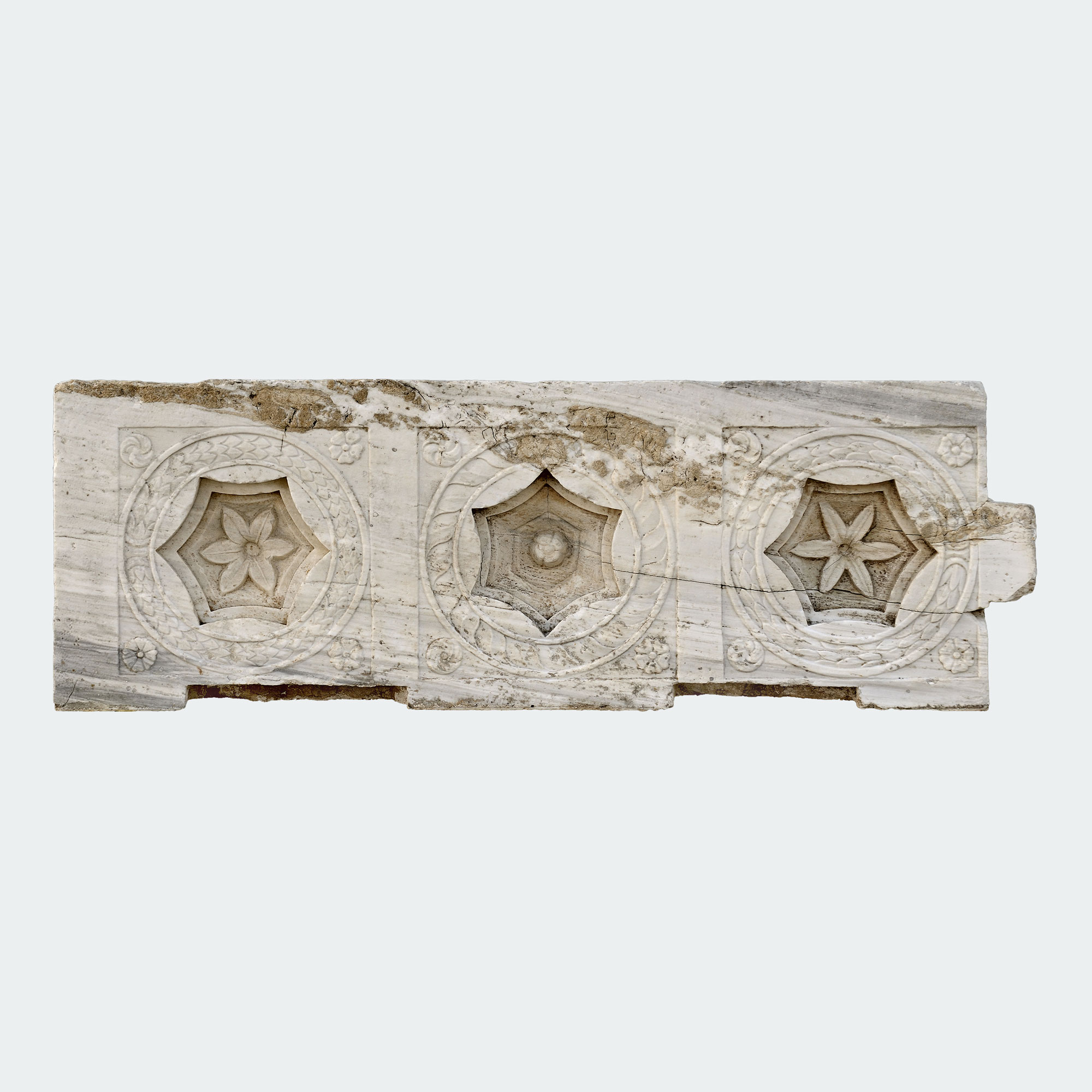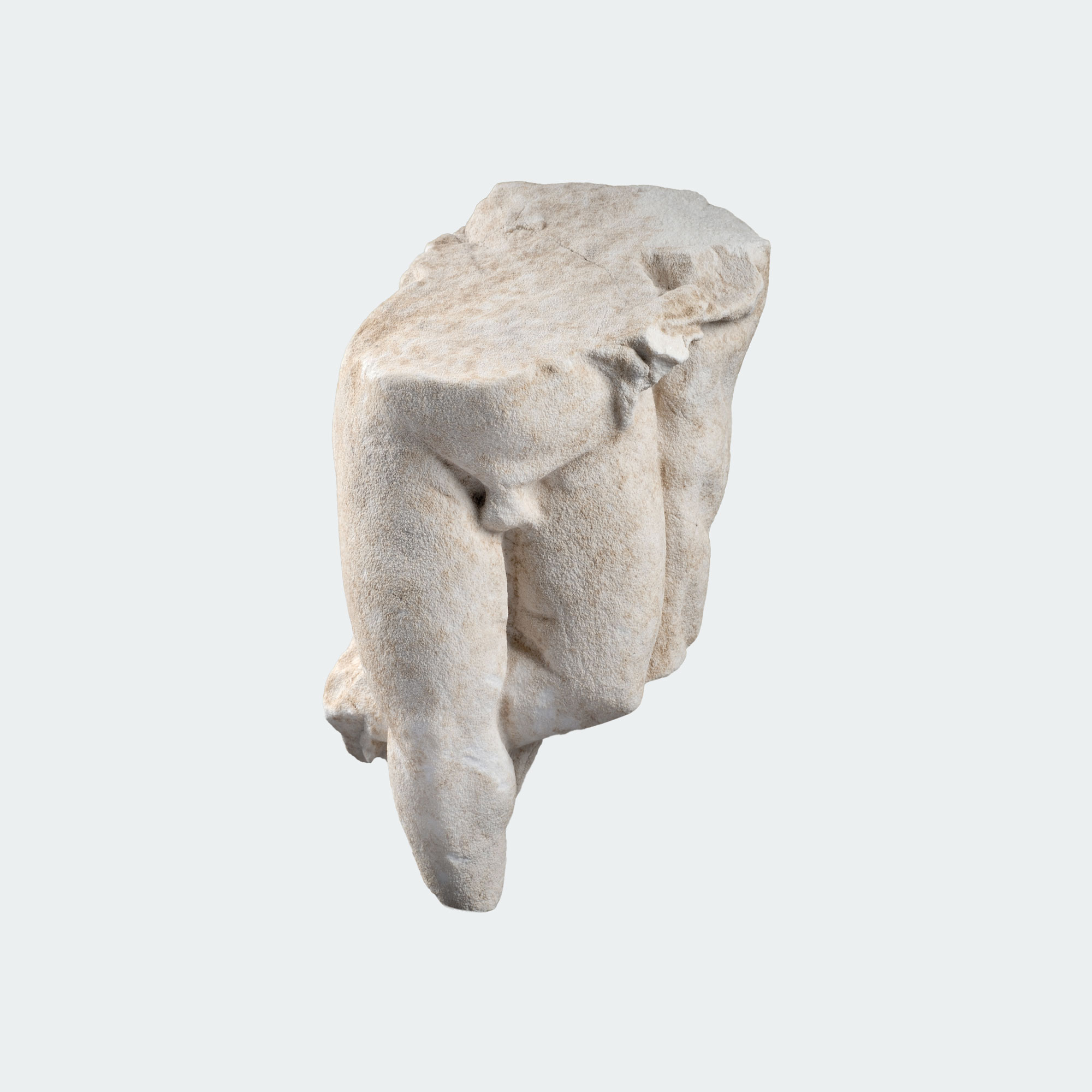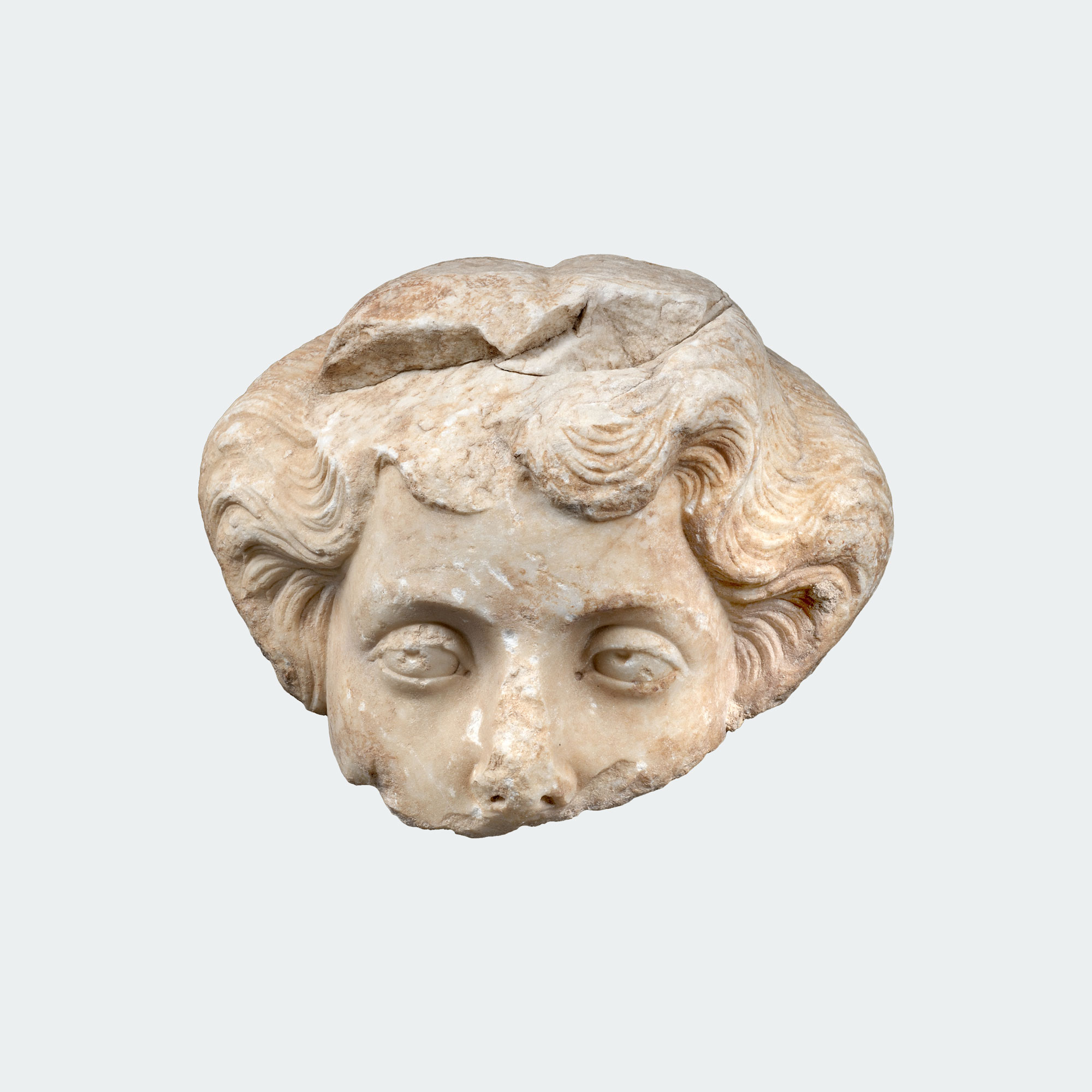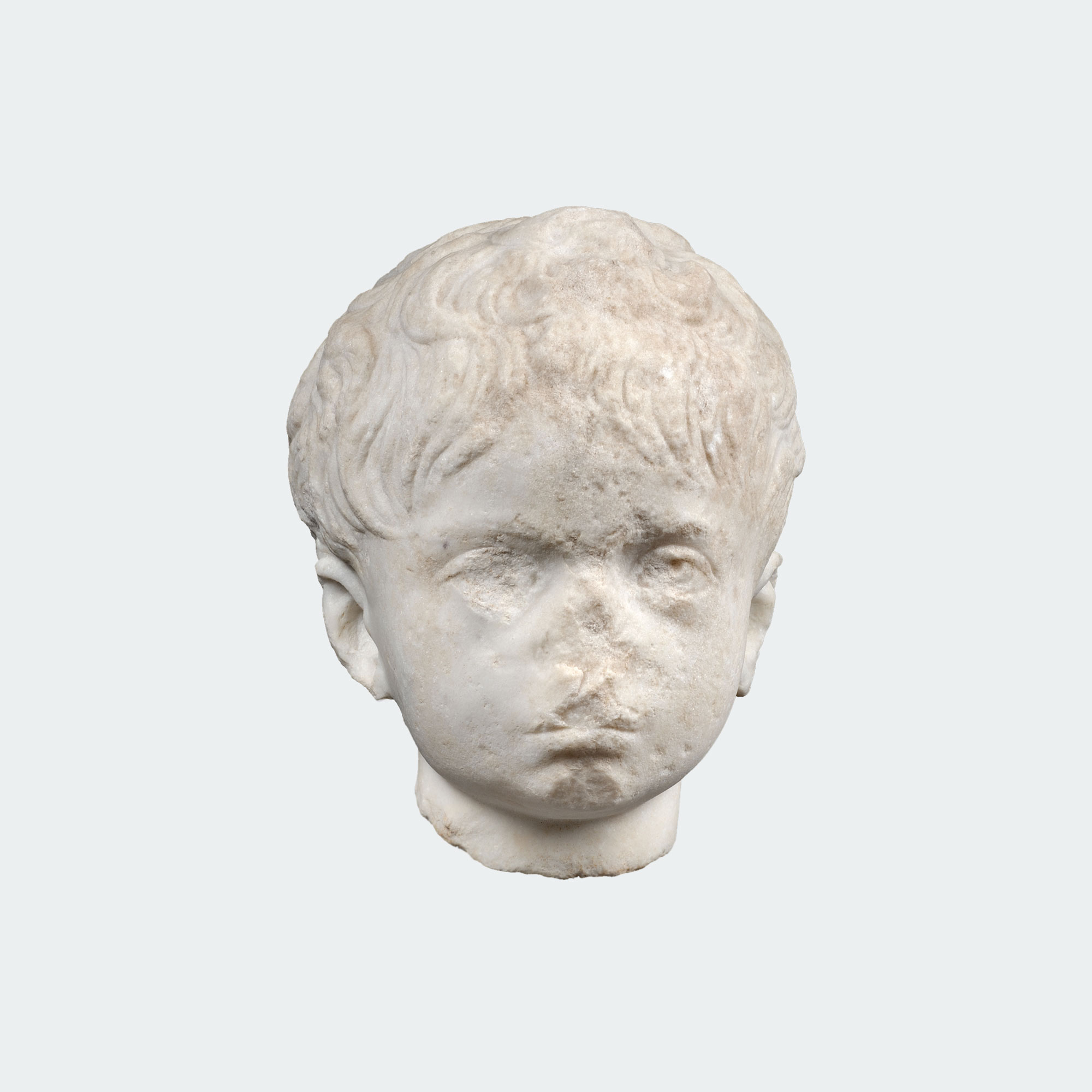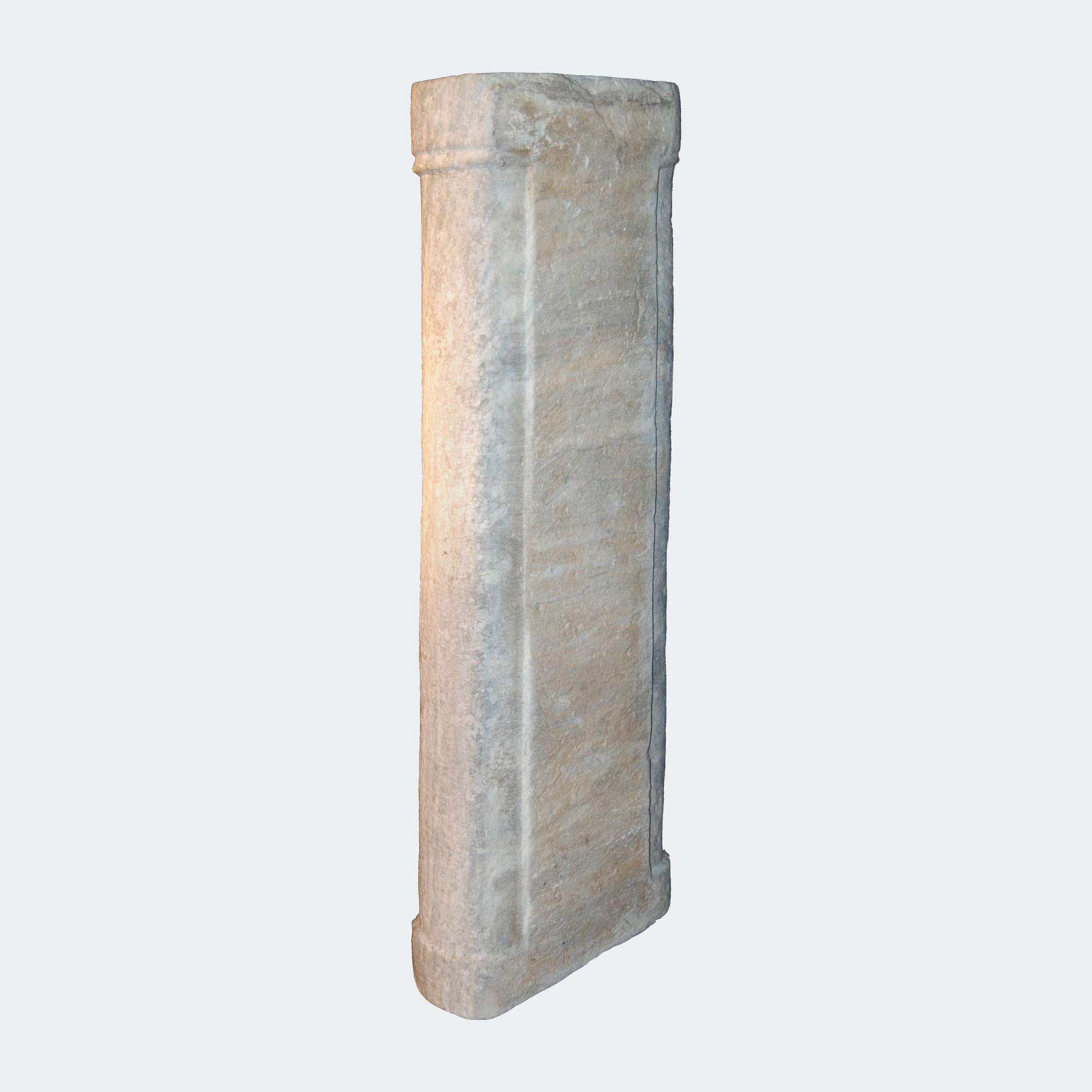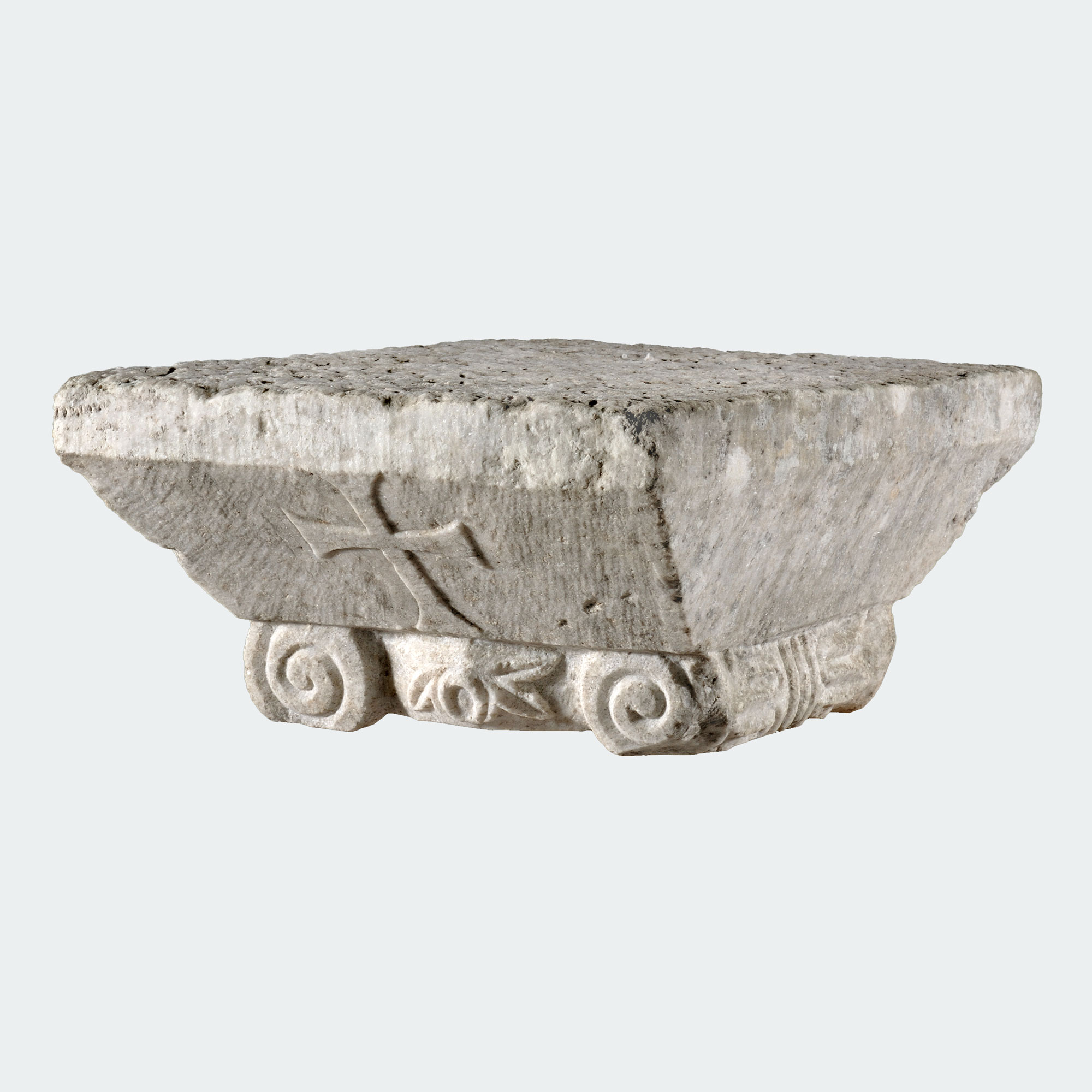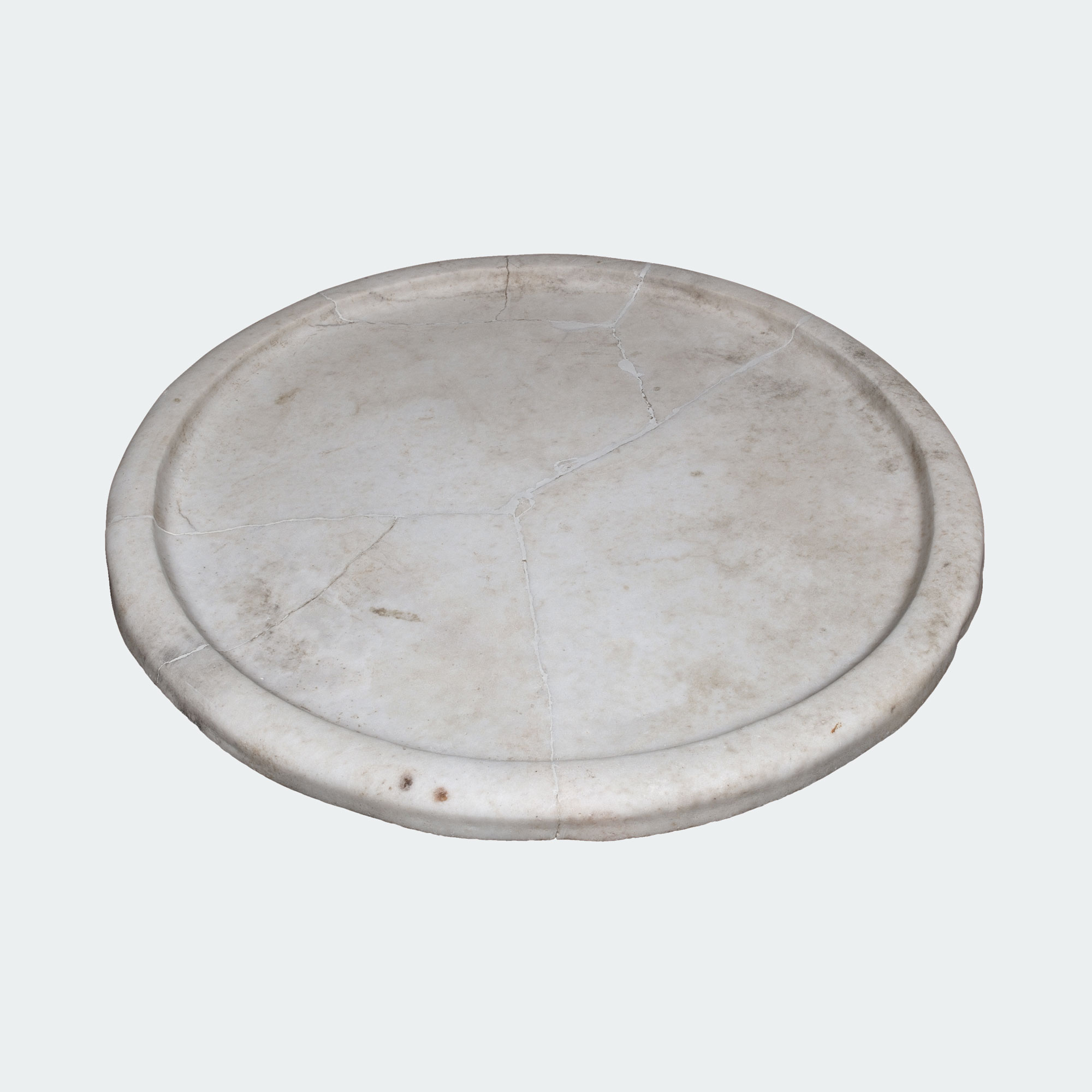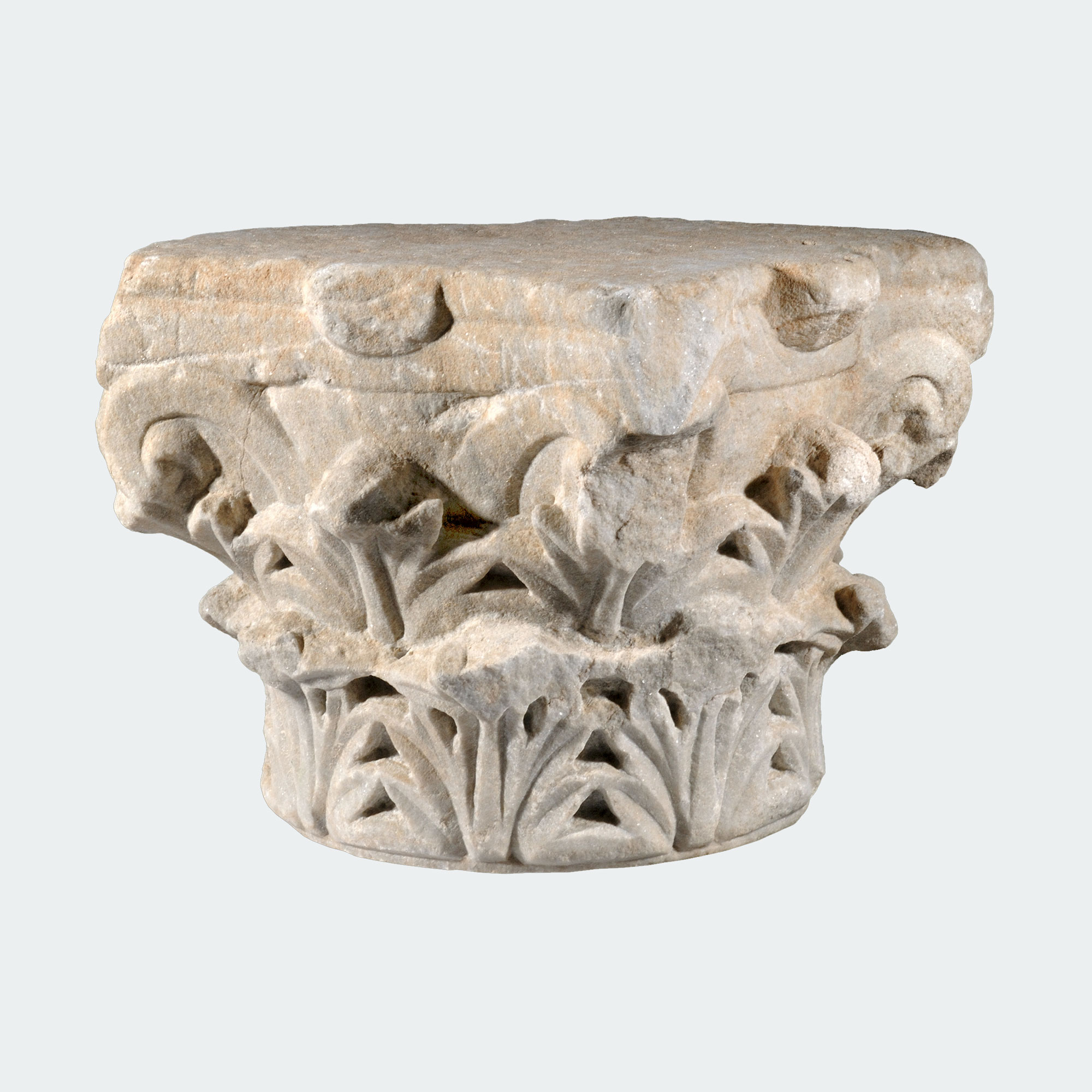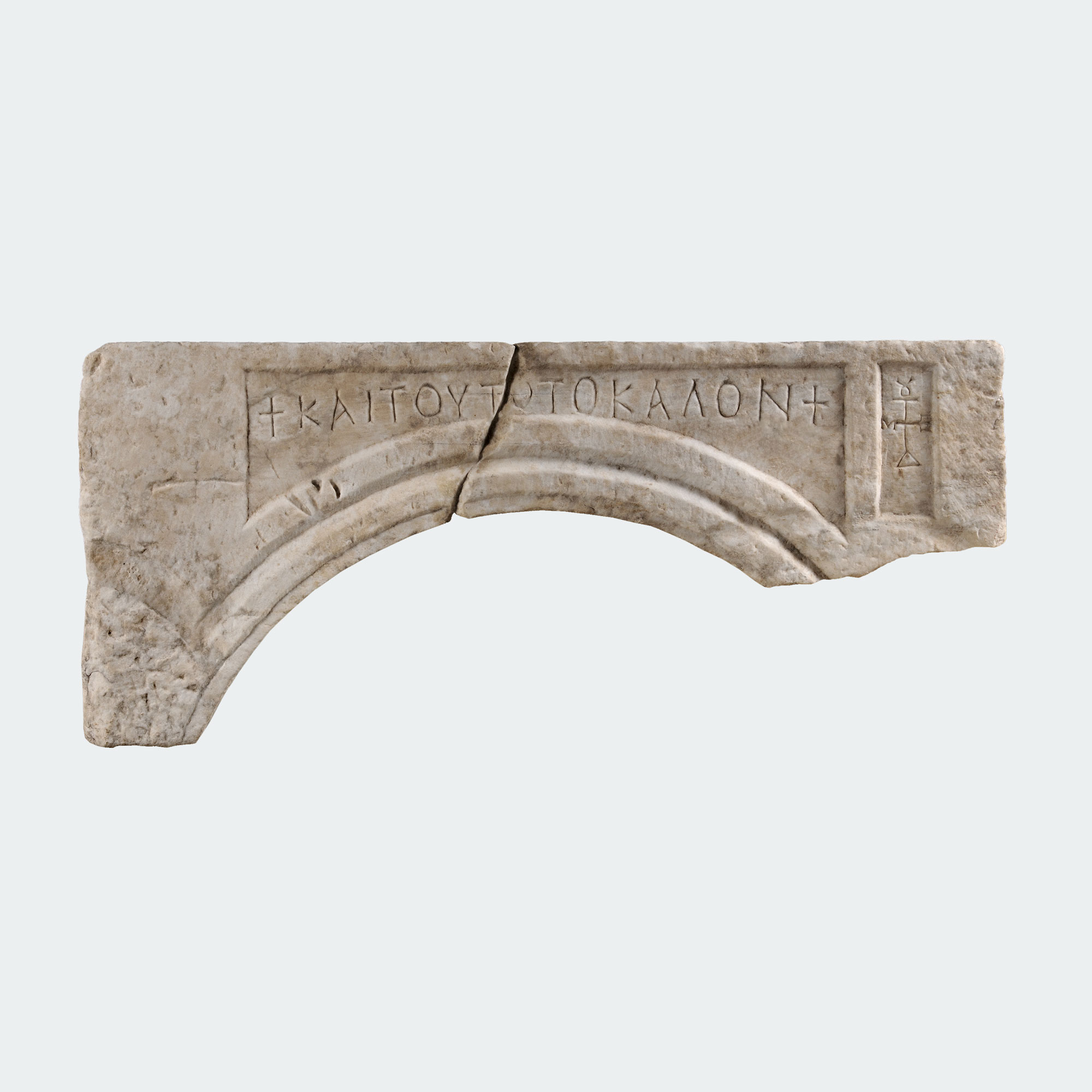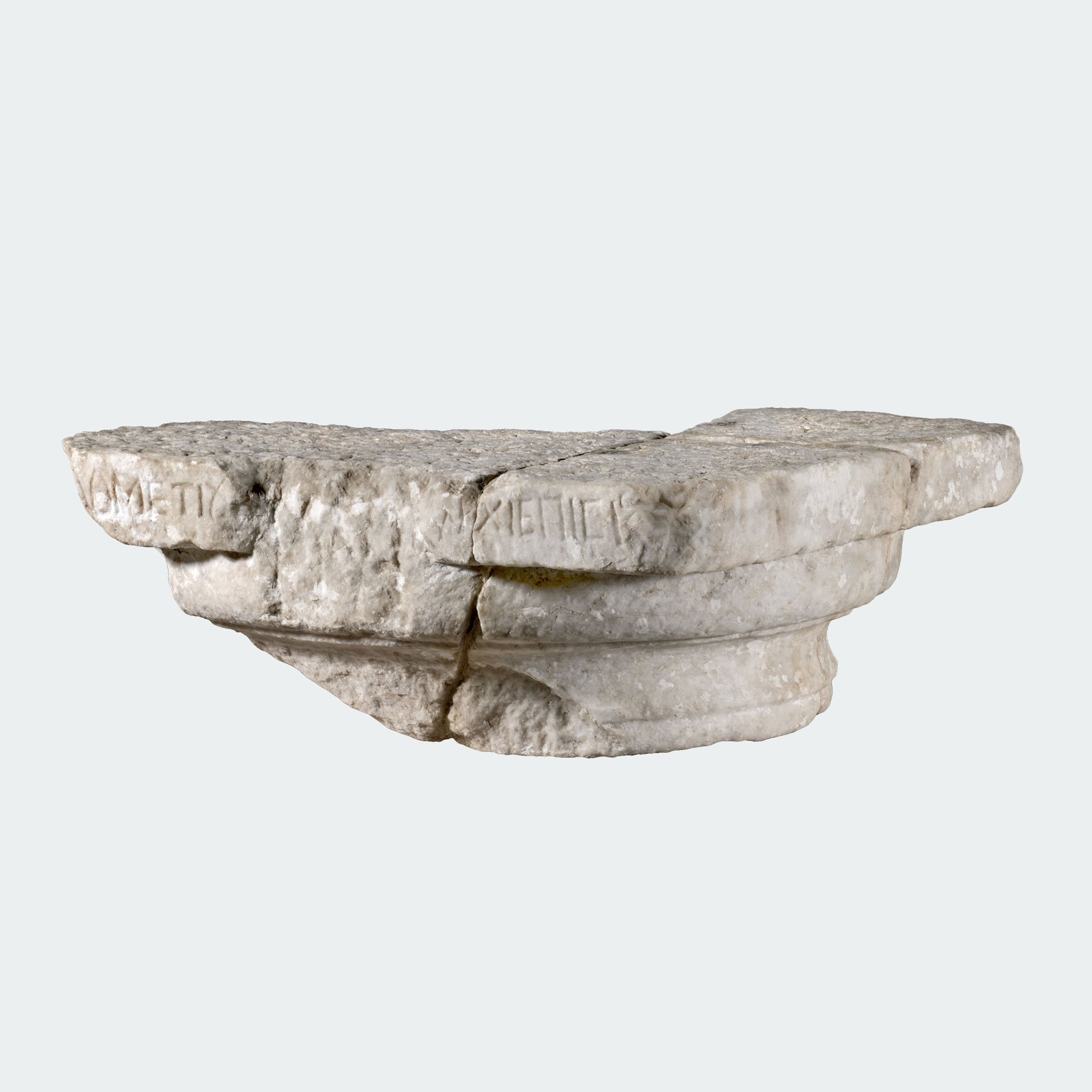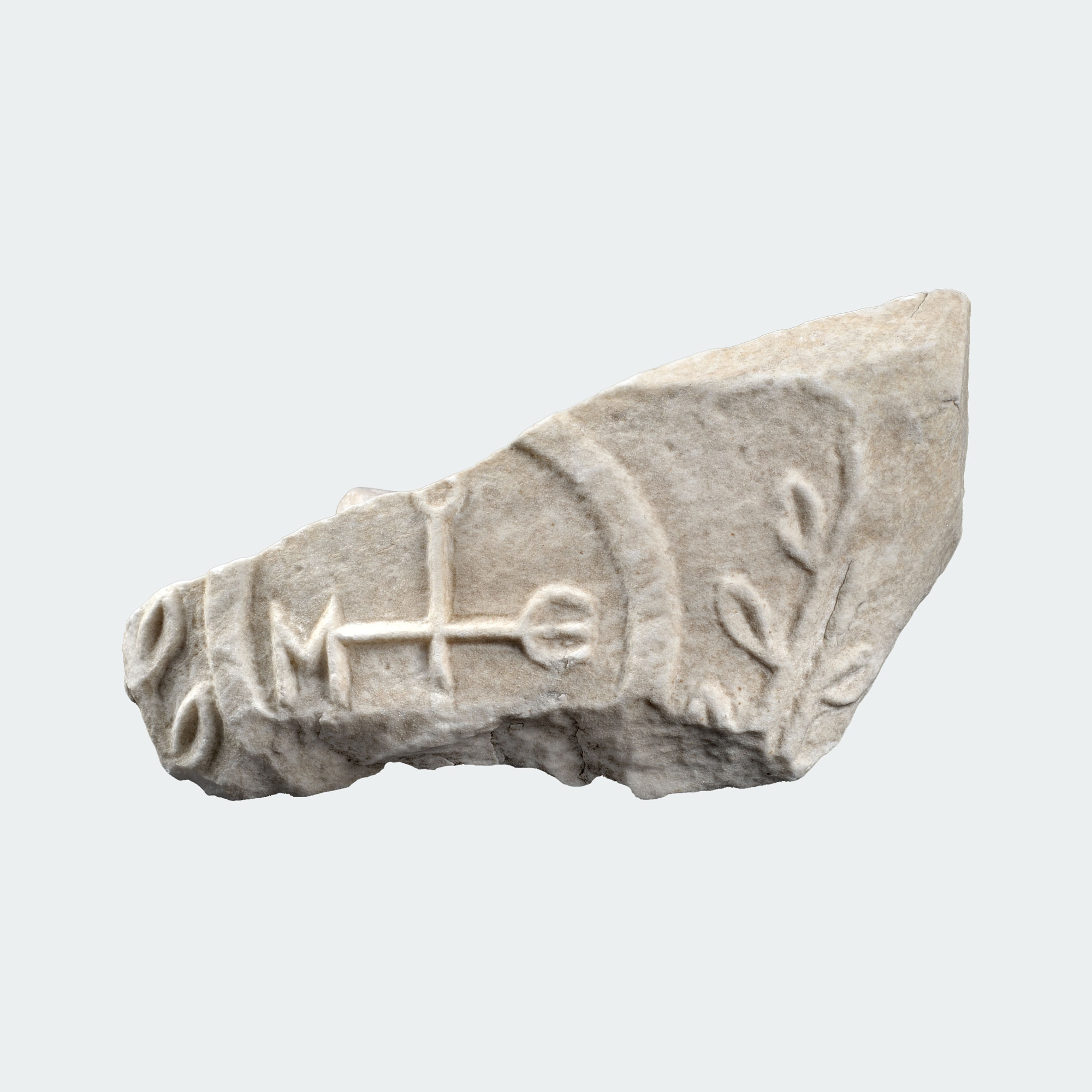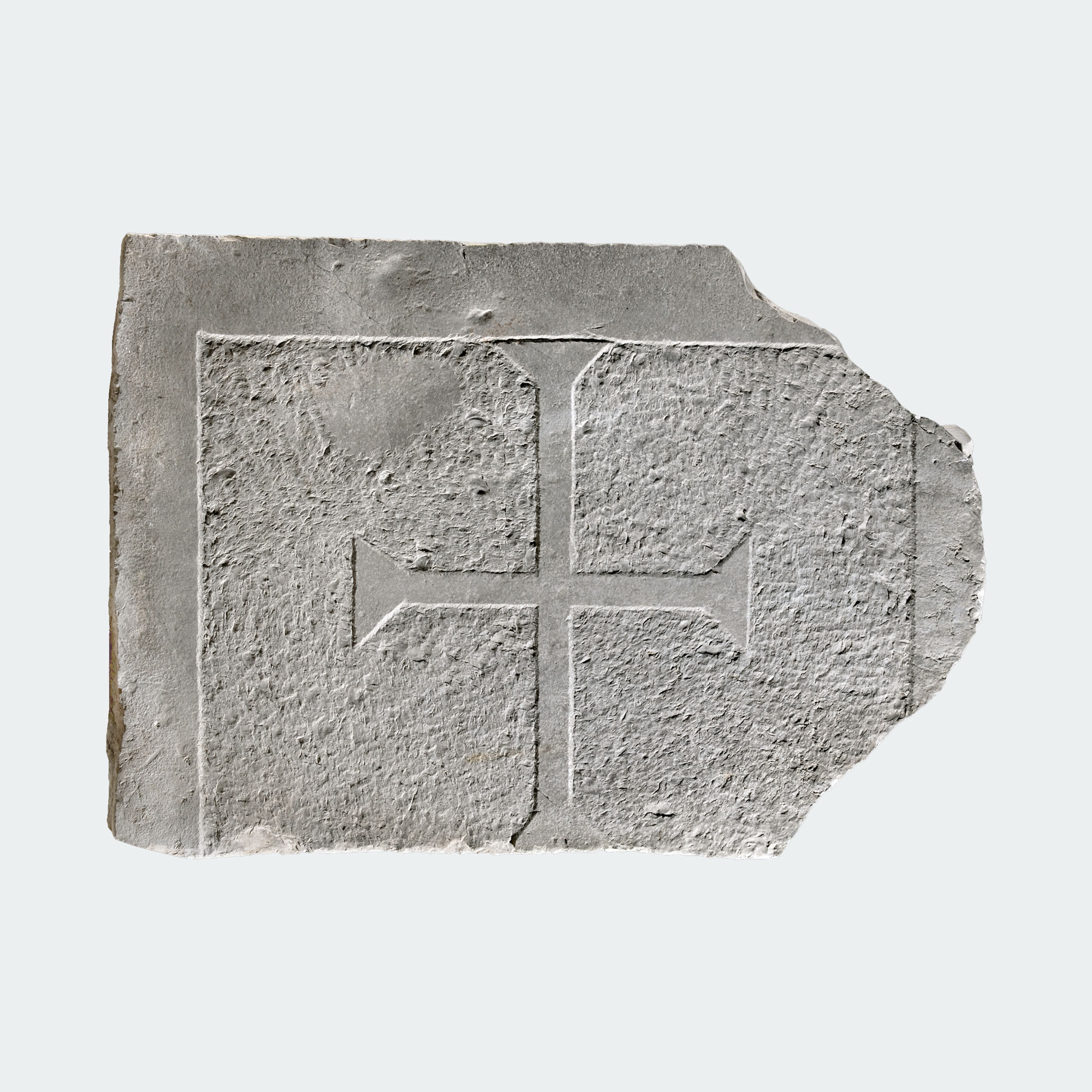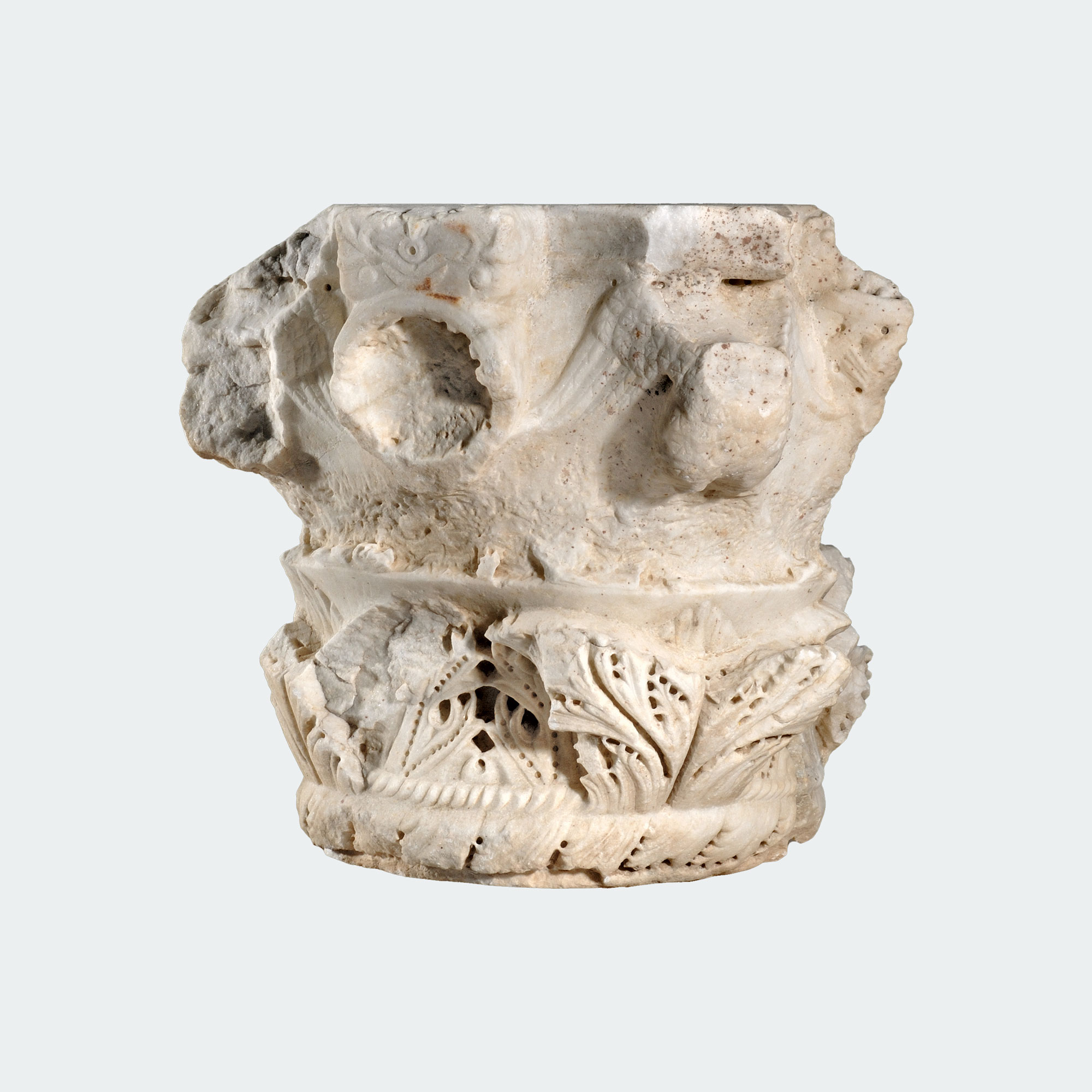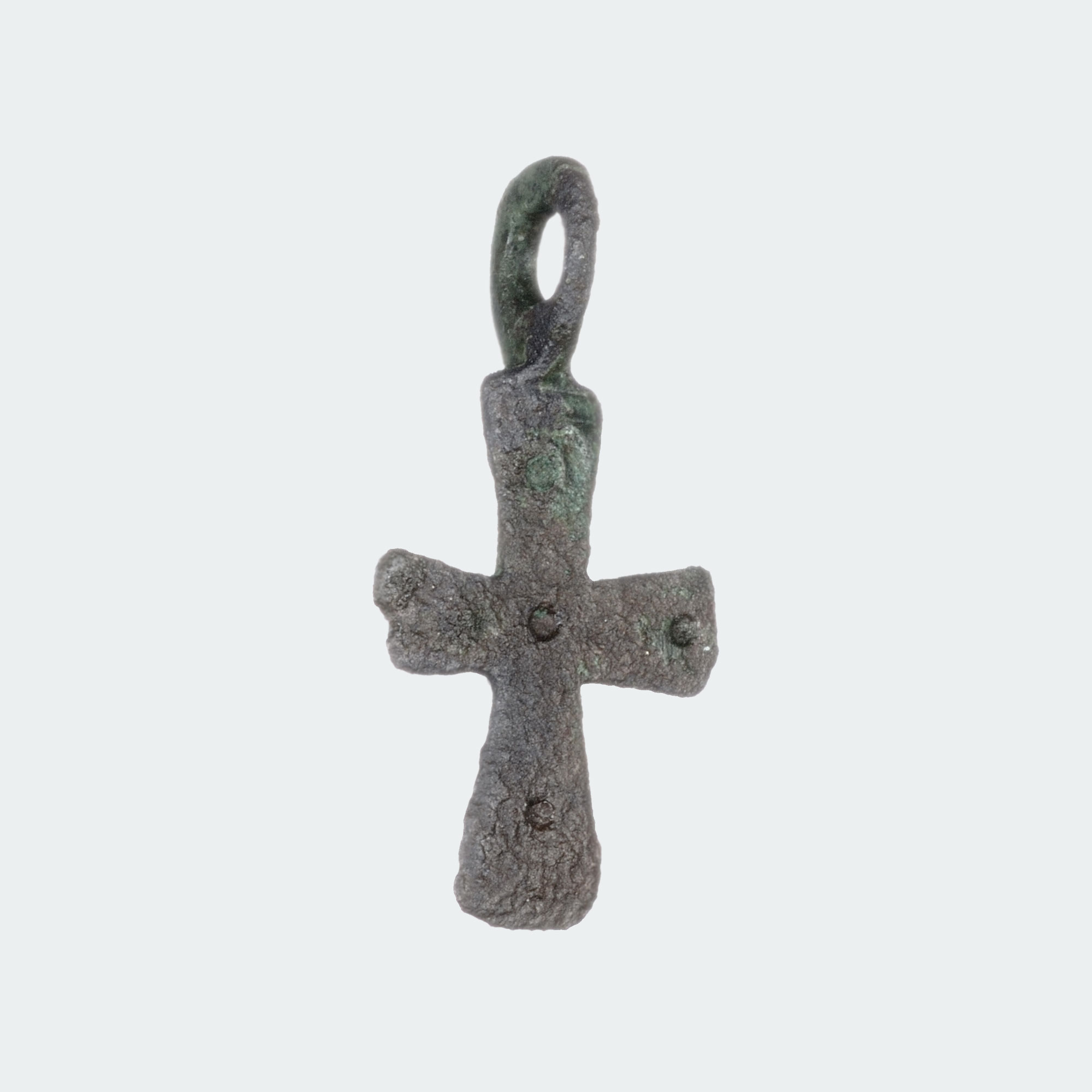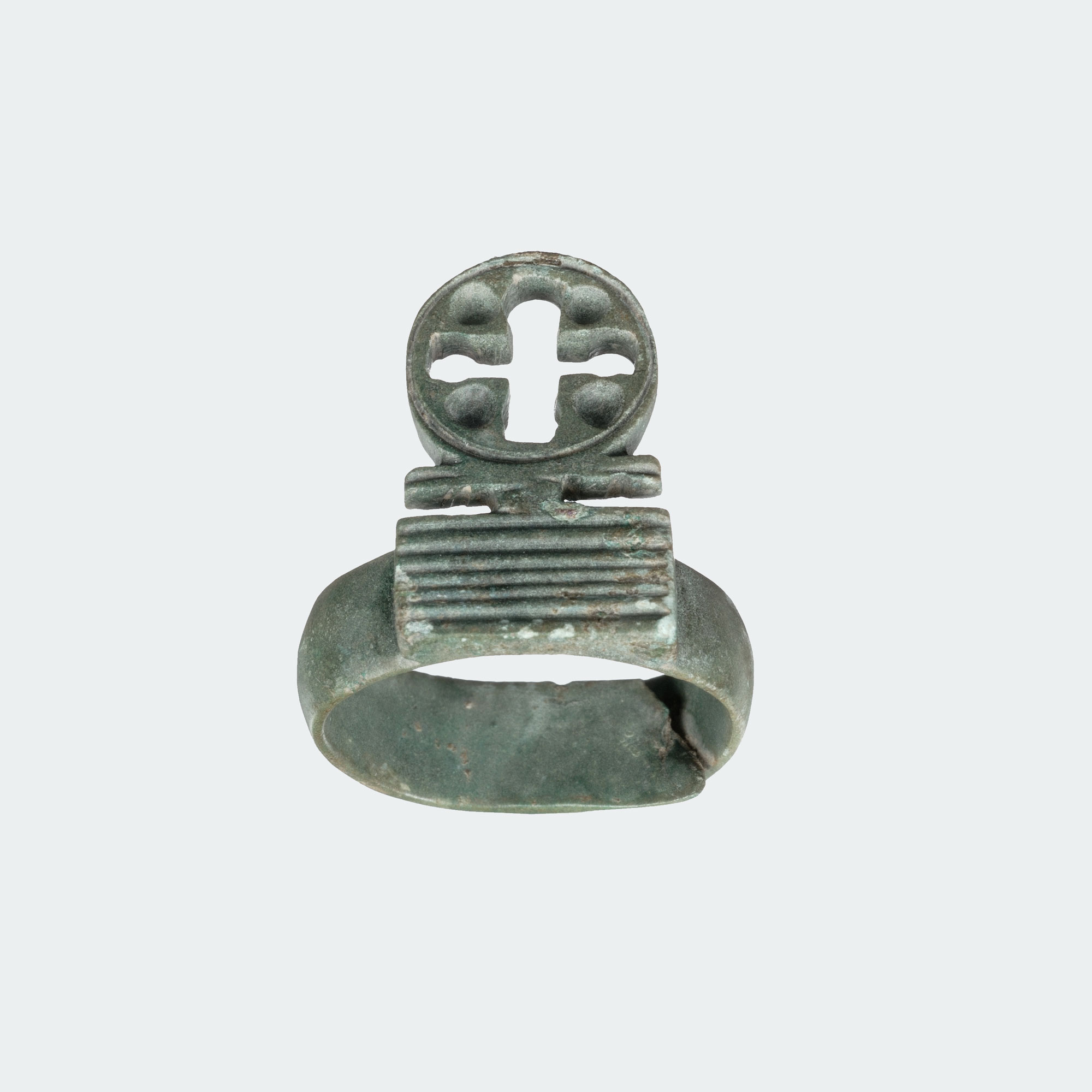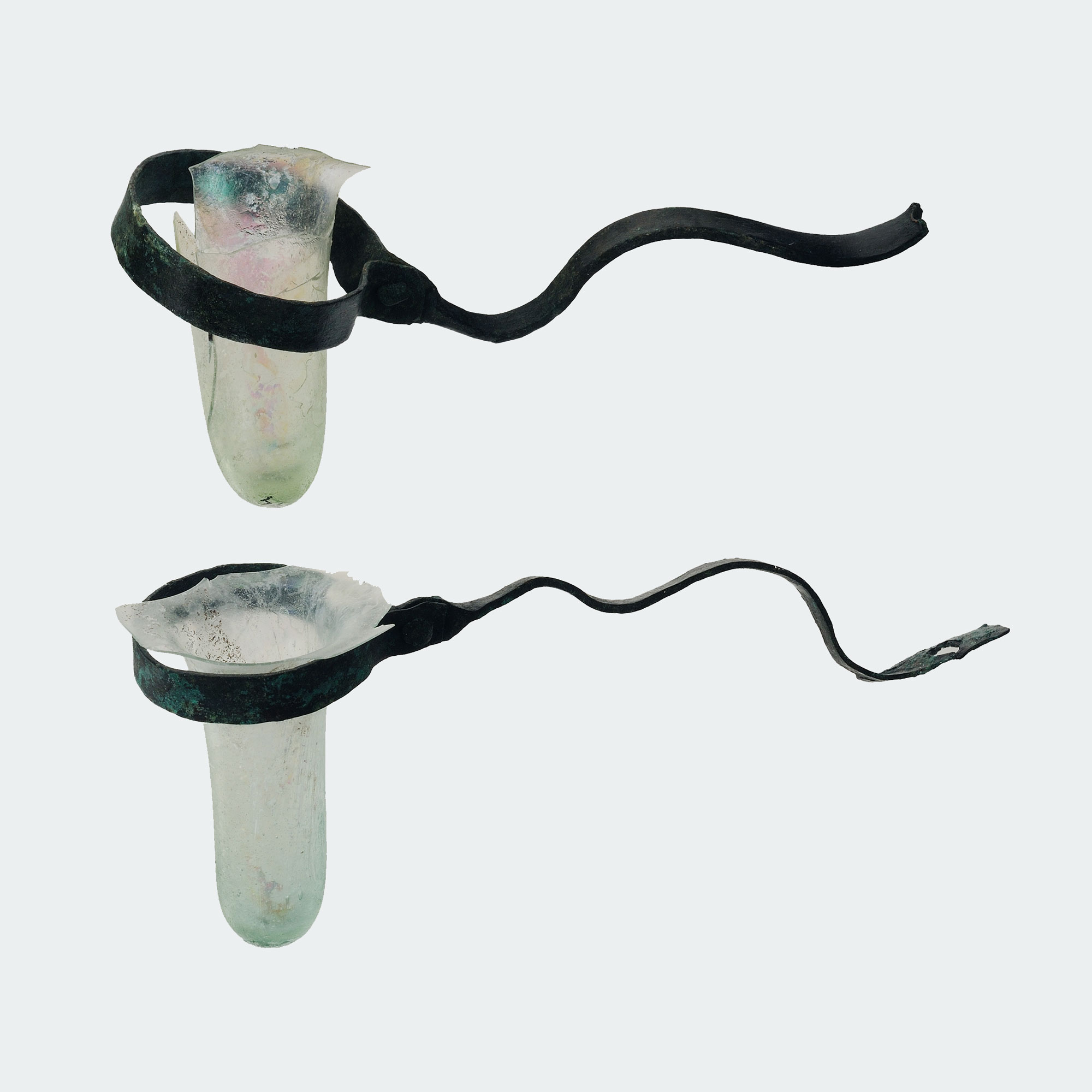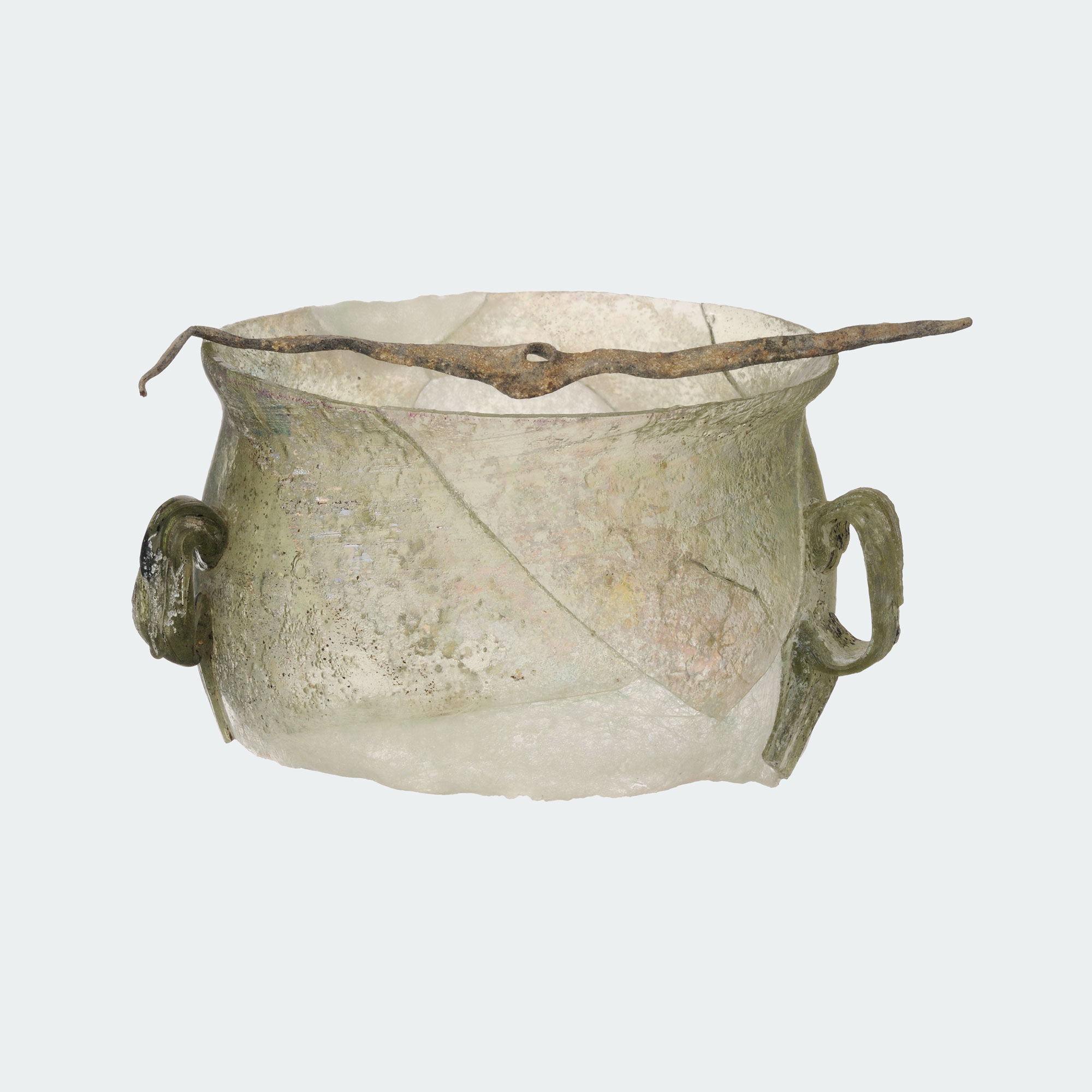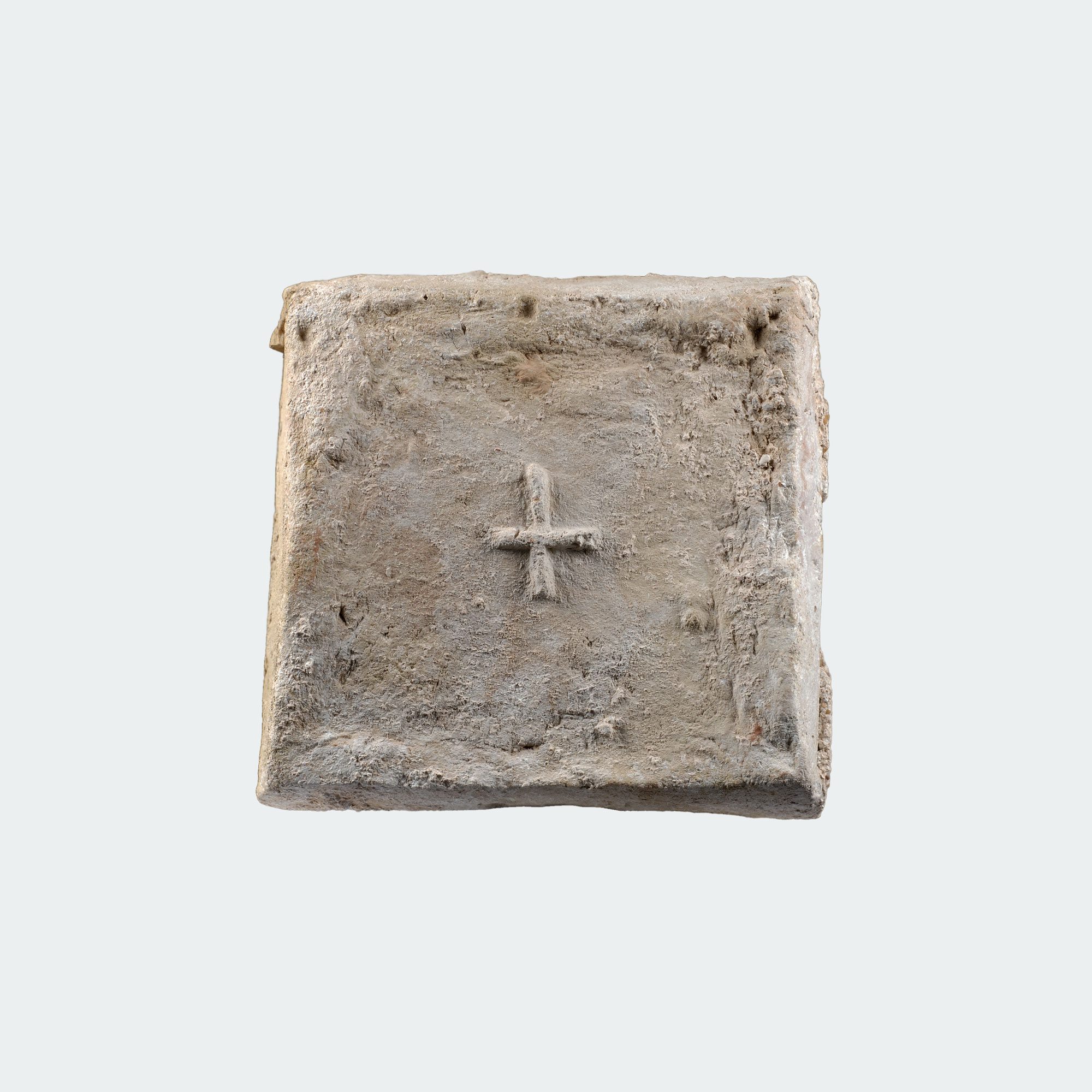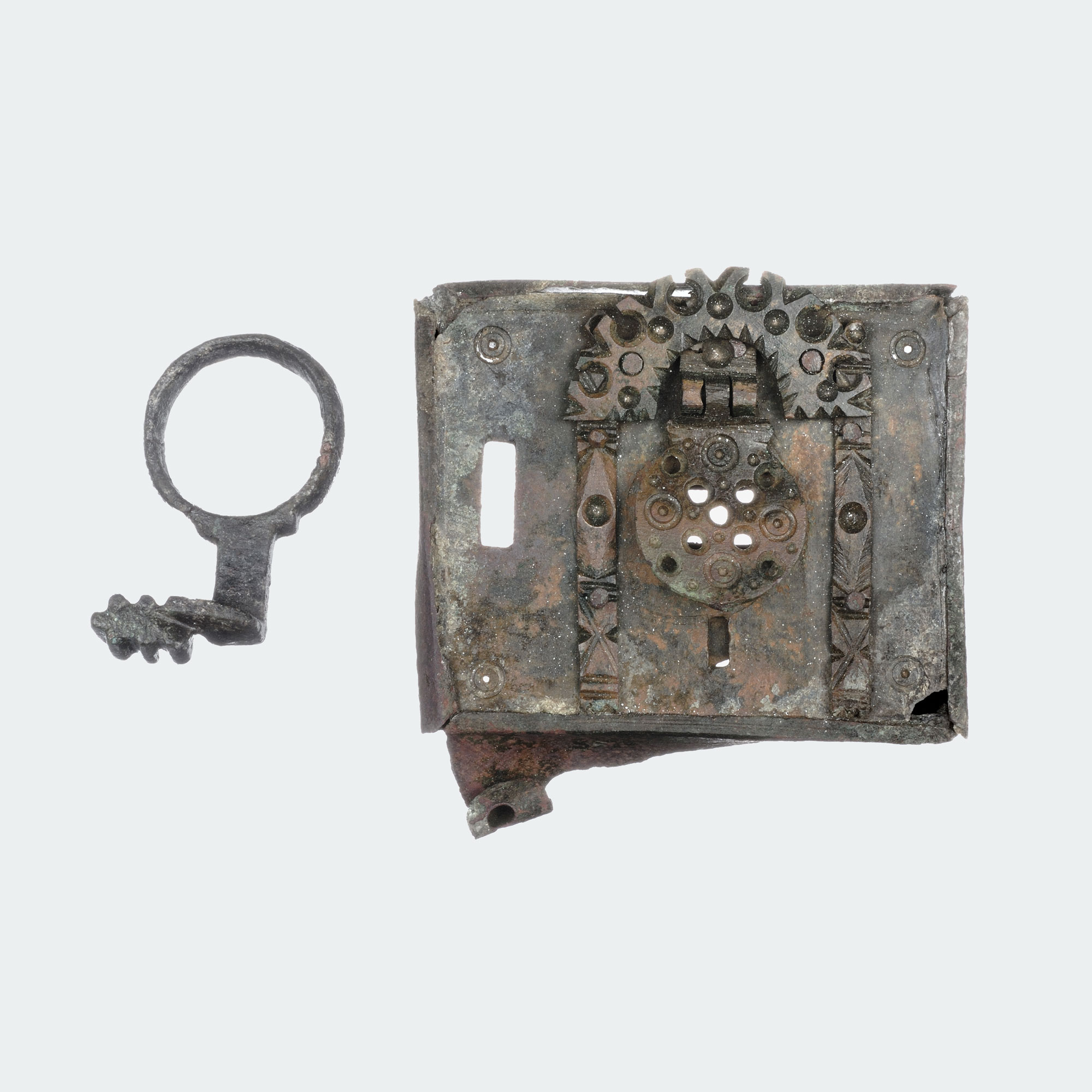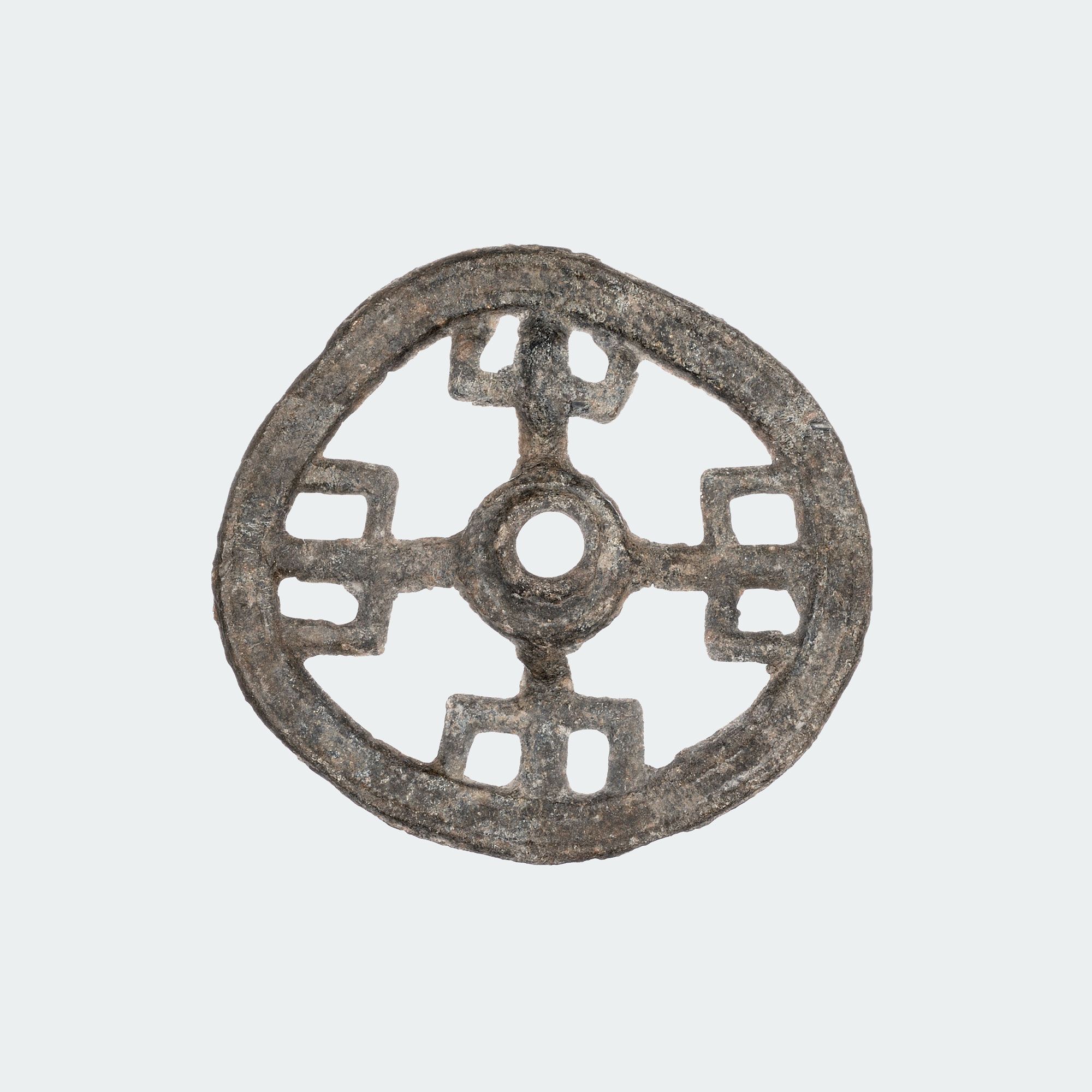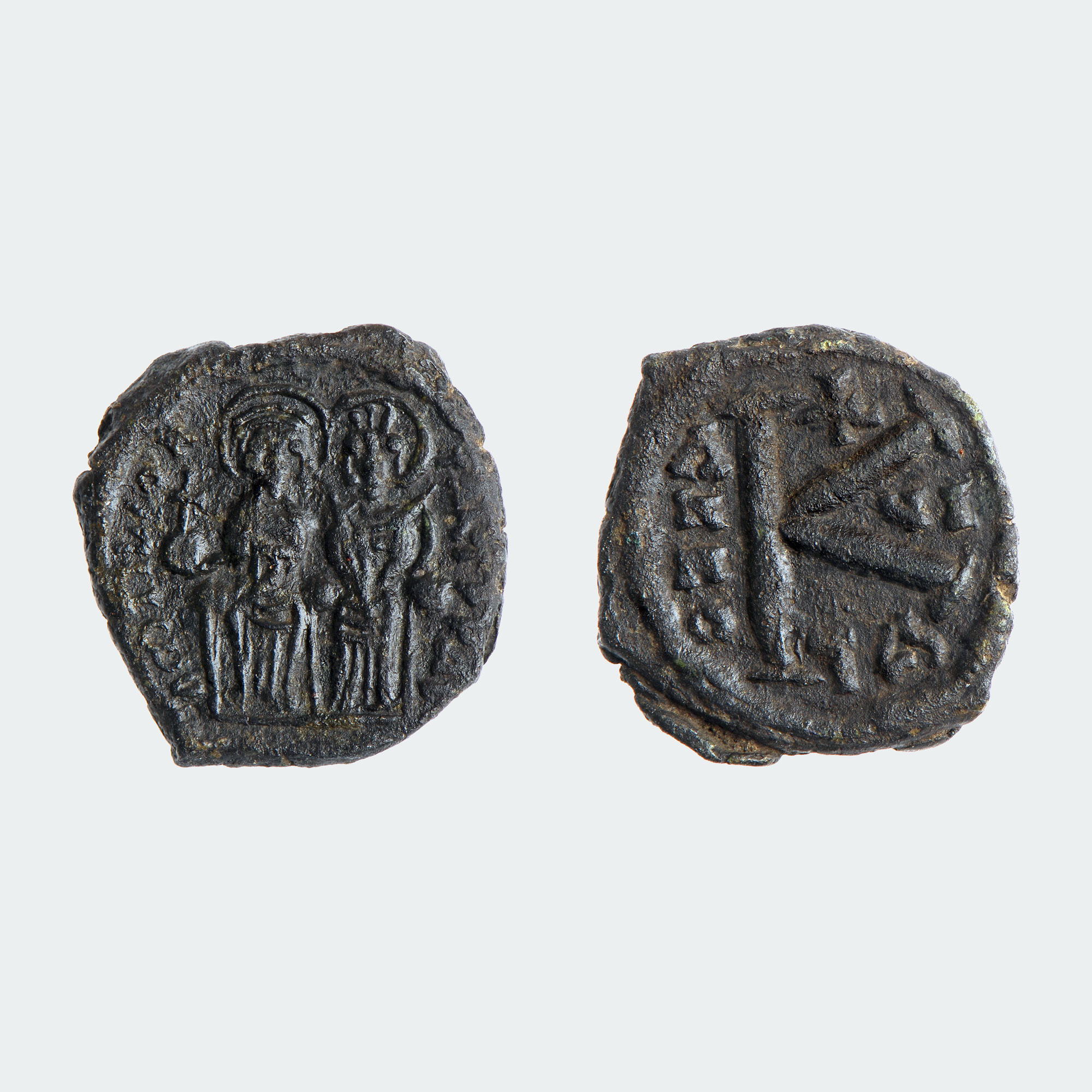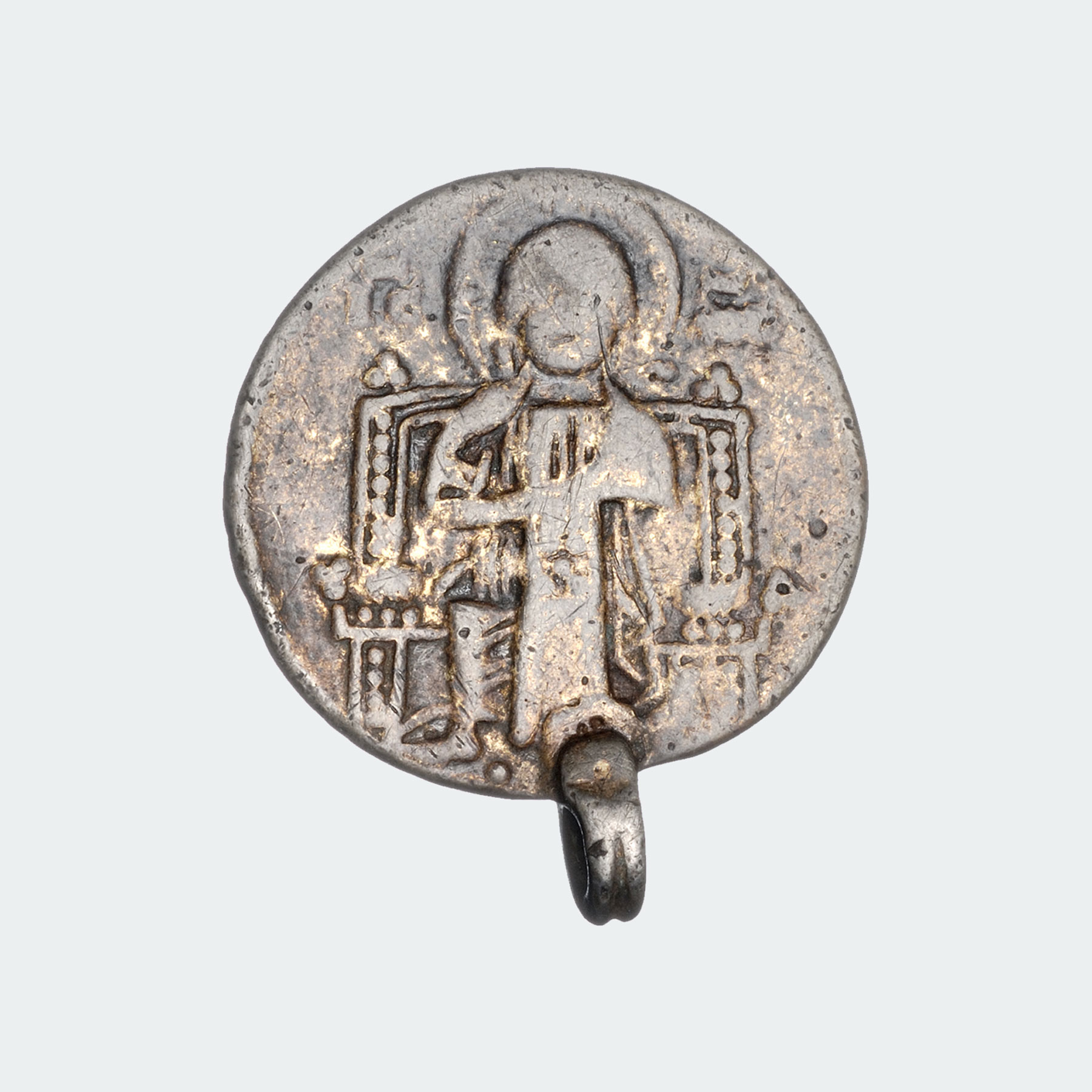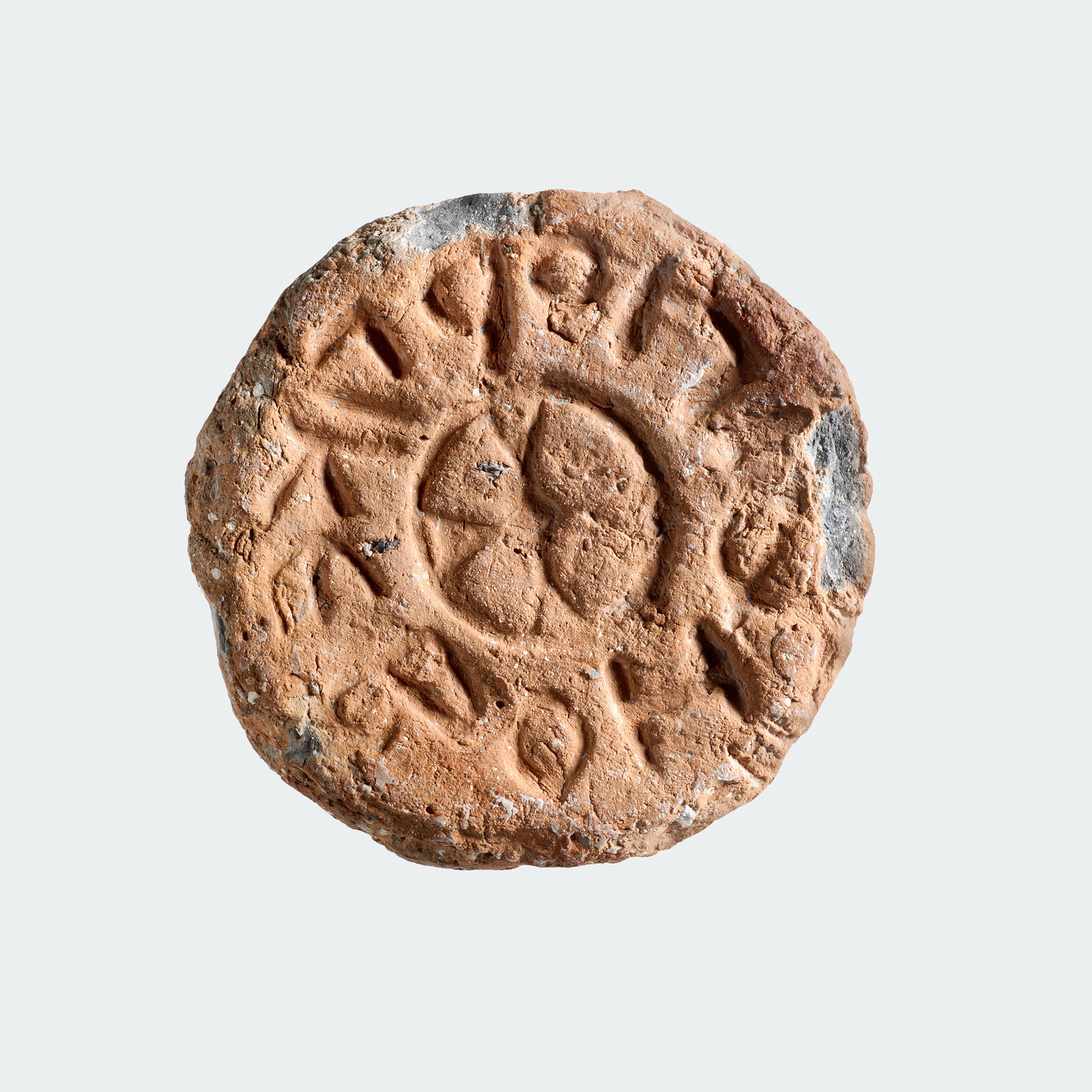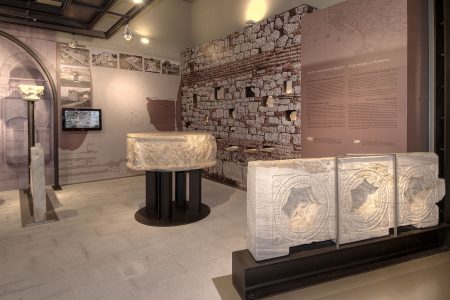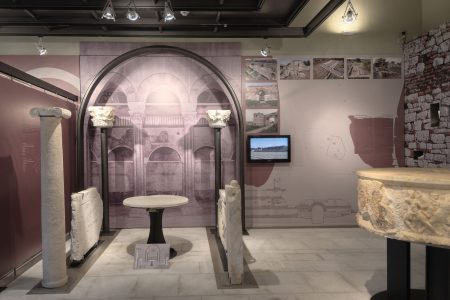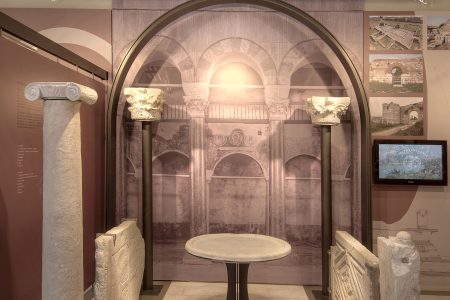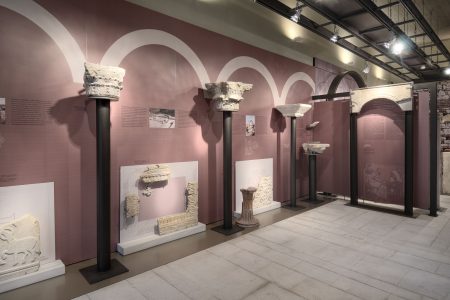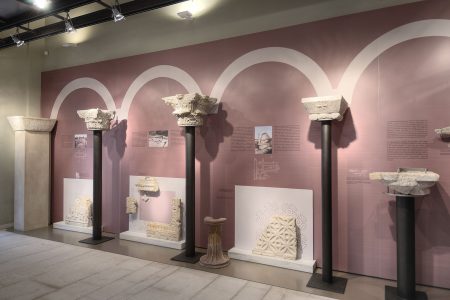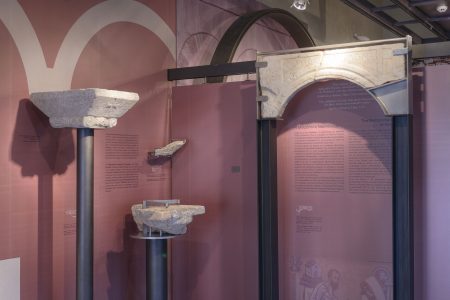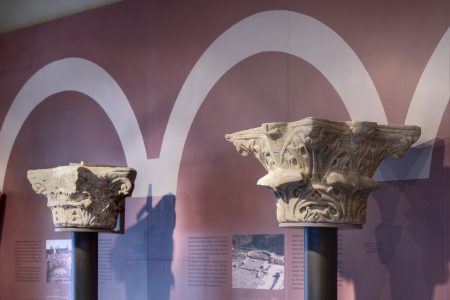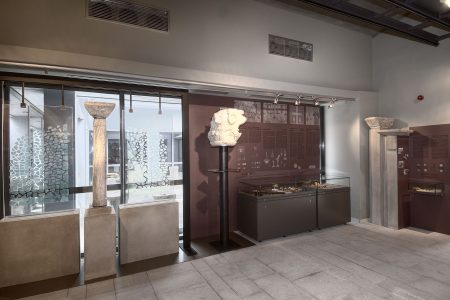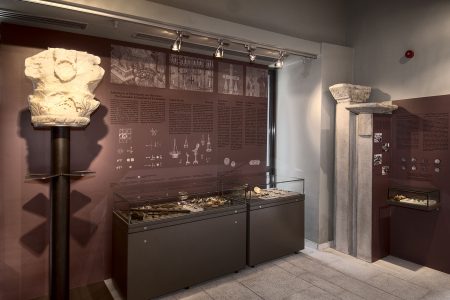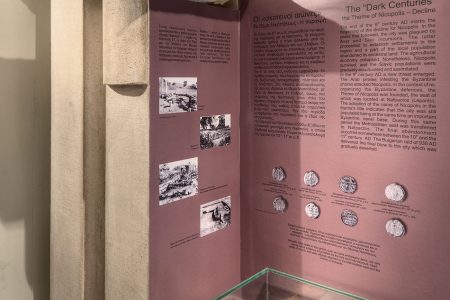
The early Christian city
The section illustrates the transformation of Nicopolis from late antiquity to the Byzantine Middle Ages, embracing the shift from paganism to Christianity.
During this period, the city’s size diminished to just one-fifth of its original extent. New robust walls were constructed to defend against barbarian incursions, and the city’s focal point shifted from the Roman marketplace to the newly established Christian basilicas.
Notable exhibits, such as a Roman pedestal portraying an Amazonian battle that was incorporated into a pulpit within one of the basilicas, underscore the progression of religions and the custom of repurposing Roman structures located outside the city walls.
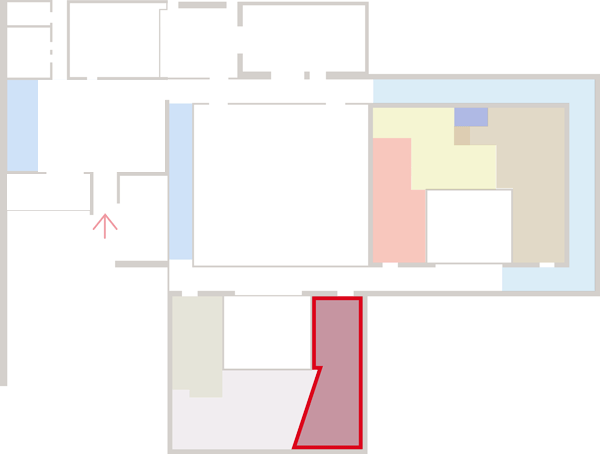

The repurposing of Roman monuments, which also served as a form of propaganda for the emerging faith, is evident in the construction of the new walls. Elements such as statues, inscriptions, capitals, and columns were utilized as building materials (spolia) during their erection.
An almost life-sized representation of a portion of the walls, incorporating Roman spolia, aids visitors in comprehending this practice and the grandeur of the new fortifications.
The exhibits include architectural fragments from the three researched basilicas and abundant visual materials highlighting their architectural designs and grandeur. Various artifacts from their interiors shed light on specific aspects such as temple furnishings, illumination, Christian symbols, and Byzantine coins.
The grandeur of the early Christian basilicas in Nicopolis, with their marble architectural embellishments and intricate mosaic art, serves as a testament to the city’s resurgence in the 5th century.
However, the city’s decline would commence in the late 6th century …
